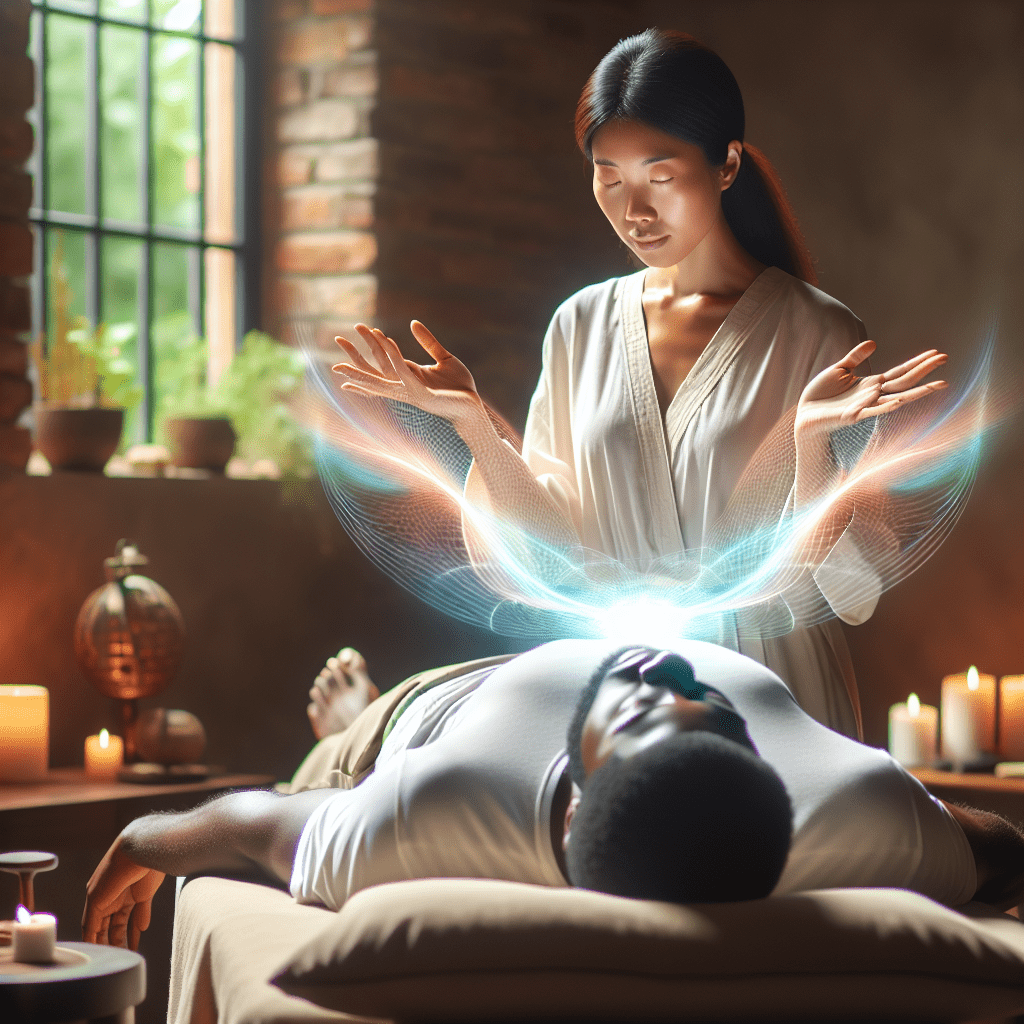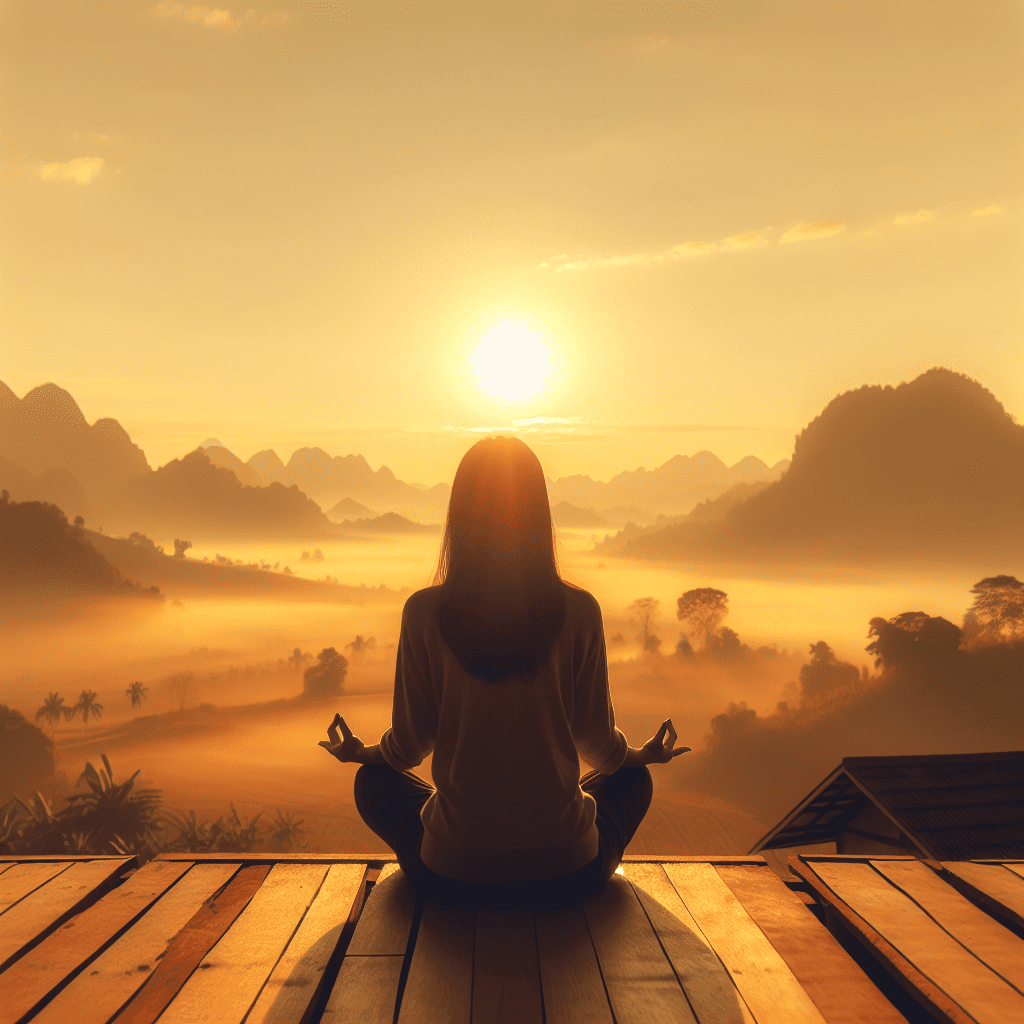In a world where health trends come and go at lightning speed, one approach to wellness has endured for millennia and is now experiencing a powerful renaissance. Eastern healing methods—the time-tested practices that originated in ancient China, India, and other Asian countries—are increasingly finding their way into our modern lives, offering profound wisdom that speaks to our contemporary health challenges.
These ancient healing traditions weren’t developed in sophisticated laboratories or through randomized controlled trials. Instead, they emerged through thousands of years of careful observation, practical application, and philosophical understanding of the human condition. What makes these Eastern healing methods so remarkable is their holistic perspective—seeing the human being not as a collection of separate parts but as an integrated whole where mind, body, and spirit function as one interconnected system.
Today, as many of us find ourselves caught in the whirlwind of stress, processed foods, and disconnection from nature, these ancient practices offer a refreshing alternative—a return to balance that resonates deeply with those seeking more natural approaches to health. From bustling urban wellness centers to quiet rural retreats, Eastern healing methods are transforming how we think about and practice wellness in the 21st century.
The Pillars of Eastern Healing: Time-Tested Practices for Modern Life
Among the most recognized Eastern healing methods, acupuncture stands as a powerful testament to ancient wisdom’s enduring relevance. This practice, which involves inserting thin needles at specific points along the body’s meridians, has gained significant scientific validation in recent years. According to research, acupuncture stimulates the release of endorphins and other neurochemicals that reduce pain, boost mood, and promote a profound sense of well-being.
“What makes acupuncture particularly valuable in our modern context is its ability to address both physical symptoms and their emotional components,” explains Dr. Molly Rhoads, a specialist in integrative medicine. “When patients experience the deep relaxation and release that comes with acupuncture treatment, they’re often amazed at how conditions they’ve struggled with for years begin to improve.“
Herbal medicine forms another cornerstone of Eastern healing methods. Unlike conventional pharmaceuticals that typically isolate single compounds, Eastern herbal formulations embrace the synergistic effects of whole plants and carefully designed combinations. These natural remedies work with the body’s inherent healing mechanisms, supporting everything from immune function to digestive health, often with fewer side effects than their pharmaceutical counterparts.
The power of mindfulness meditation—another essential Eastern healing method—lies in its remarkable simplicity and profound impact. This practice of present-moment awareness has been scientifically proven to reduce stress hormones, improve attention, and even alter brain structure in positive ways. For many practitioners, the greatest benefit comes from mindfulness meditation’s ability to create space between stimulus and response, allowing for greater emotional regulation in our often overwhelming modern environment.
“Eastern healing methods like mindfulness aren’t just practices—they’re pathways to a different relationship with ourselves,” shares Gudrun Wu Snyder, founder of Moon Rabbit Acupuncture. “When we learn to be present with our experiences without immediate judgment or reaction, we discover a natural healing capacity that’s been within us all along.“
Movement as Medicine: The Transformative Power of Eastern Physical Practices
Eastern healing methods extend well beyond the treatment room into movement practices that combine physical exercise with mental focus and energy awareness. Yoga, perhaps the most widely embraced of these traditions in Western culture, offers a comprehensive system for enhancing flexibility, strength, and inner calm. From gentle restorative poses to vigorous flowing sequences, yoga’s adaptability makes it accessible to people of all ages and fitness levels.
What distinguishes yoga from conventional exercise is its emphasis on the breath as the bridge between body and mind. This conscious breathing not only enhances physical performance but also activates the parasympathetic nervous system, countering the chronic stress response that underlies so many modern health concerns.
Tai Chi, often described as “meditation in motion,” represents another powerful Eastern healing method gaining popularity. This gentle martial art features slow, flowing movements performed with deep concentration. Research has shown that regular Tai Chi practice improves balance and coordination, reduces fall risk in older adults, lowers blood pressure, and enhances overall quality of life.
“Tai Chi’s genius lies in its subtlety,” explains one long-time practitioner. “The slow, intentional movements might look simple from the outside, but internally, they’re teaching your body and mind to work together in profound ways. After practicing for several months, I noticed not just better physical balance but more emotional stability too.“
Qigong (pronounced “chee-gong”) shares similarities with Tai Chi but places even greater emphasis on cultivating and directing qi, or life energy. Through specific breathing techniques combined with gentle movements and visualization, Qigong practitioners report increased vitality, improved immune function, and enhanced mental clarity. What makes these Eastern healing methods particularly valuable is their accessibility—they can be practiced almost anywhere, require no special equipment, and can be modified for various physical capabilities.
The Philosophical Foundation: Eastern Healing’s Holistic Worldview
To truly appreciate Eastern healing methods, we must understand the philosophical principles that underpin them. At their core, these traditions view health not merely as the absence of disease but as a state of dynamic balance and harmony within the individual and between the person and their environment.
Central to many Eastern healing methods is the concept of qi (or chi), the vital life force that flows through the body along specific pathways. When this energy flows freely and in balance, health flourishes; when it becomes blocked or imbalanced, illness can develop. This understanding leads to treatment approaches that address the root causes of health issues rather than merely suppressing symptoms.
Another fundamental principle is the recognition of natural patterns and cycles. Eastern healing methods pay close attention to seasons, times of day, and other natural rhythms, recognizing that human health is intimately connected to these larger patterns. This awareness encourages lifestyle choices that align with, rather than fight against, nature’s cycles.
Perhaps most significant for contemporary seekers is Eastern healing’s emphasis on the mind-body-spirit connection. Long before Western science began documenting the physiological effects of emotions or the impact of mental states on physical health, Eastern healing methods recognized and worked with these connections as a matter of course.
“What draws many people to Eastern healing methods today is their recognition of the whole person,” notes a wellness coach specializing in integrative approaches. “In a healthcare environment that often feels fragmented and mechanistic, these traditions offer a refreshing perspective that honors the complexity of human experience and the innate wisdom of the body.“
Bridging East and West: Integration in Contemporary Healthcare
One of the most exciting developments in modern wellness is the growing integration of Eastern healing methods within conventional Western medical settings. Major medical centers now commonly offer acupuncture for pain management, mindfulness programs for stress reduction, and yoga therapy for rehabilitation. This integration represents not a rejection of scientific medicine but an expansion of our healing toolkit.
Research institutions are applying rigorous scientific methodology to evaluate Eastern healing methods, with promising results. Studies have demonstrated acupuncture’s effectiveness for conditions ranging from chronic pain to chemotherapy-induced nausea. Mindfulness-based interventions have shown benefits for anxiety, depression, and even immune function. Even practices like cupping—which creates suction on the skin to improve circulation—are receiving serious scientific attention after thousands of years of clinical use.
“What we’re seeing is not an either/or scenario but a both/and approach,” explains a researcher specializing in integrative medicine. “Eastern healing methods offer particular strengths in addressing chronic conditions, stress-related disorders, and preventive health—areas where conventional medicine sometimes struggles. Combined with Western medicine’s excellence in emergency care, diagnostics, and intervention, we’re moving toward a more complete healthcare spectrum.“
This bridging of traditions benefits not just patients but practitioners as well. Many healthcare professionals report that incorporating Eastern healing methods into their practice has revitalized their work and expanded their understanding of health and healing. The cross-cultural exchange of healing wisdom represents one of the most promising developments in our increasingly interconnected world.
The Future of Wellness: Ancient Wisdom Meets Modern Innovation
As we look to the future of health and wellness, it’s clear that Eastern healing methods will continue to play an increasingly important role. The growing interest in these traditions reflects a broader societal shift toward more holistic, preventive, and personalized approaches to health—a recognition that true wellness emerges from lifestyle choices that support balance and vitality.
What’s particularly exciting is how ancient wisdom is now being enhanced through technological innovation. Digital platforms now make Eastern healing methods more accessible than ever, with apps offering guided meditations, virtual yoga classes, and even AI-powered health assessments based on traditional diagnostic frameworks.
HerbalsZen’s EASTCHI AI exemplifies this powerful fusion of time-tested wisdom and cutting-edge technology. By analyzing individual constitutional types through the lens of Five Element Theory and providing personalized nutrition and lifestyle recommendations, EASTCHI AI makes the profound insights of Eastern medicine accessible to contemporary users seeking natural wellness solutions.
“The beauty of Eastern healing methods is that they empower individuals to participate actively in their own well-being,” shares a spokesperson from HerbalsZen. “When we understand the principles behind practices like seasonal eating, energy cultivation, and mind-body harmony, we gain tools for lifelong health that complement whatever other medical care we might need.”
As our world continues to face complex health challenges, the integration of Eastern healing methods offers a path forward that honors both ancient wisdom and modern science. These time-tested practices remind us that true healing isn’t just about eliminating disease but about cultivating balance, connection, and harmony—principles as relevant today as they were thousands of years ago.
By embracing the best of both Eastern and Western approaches to health, we open ourselves to a more complete understanding of wellness—one that recognizes the remarkable capacity of the human system to heal and thrive when given the right support. In this integration of ancient wisdom and contemporary knowledge lies the promise of a healthier, more balanced future for us all.




